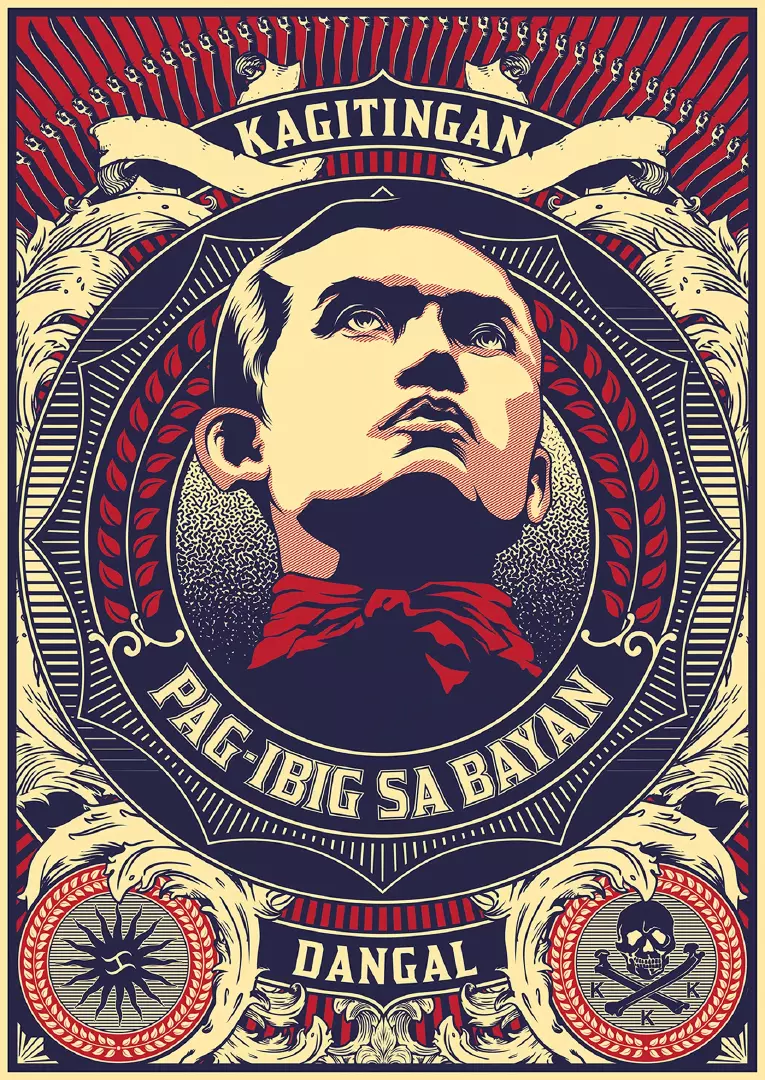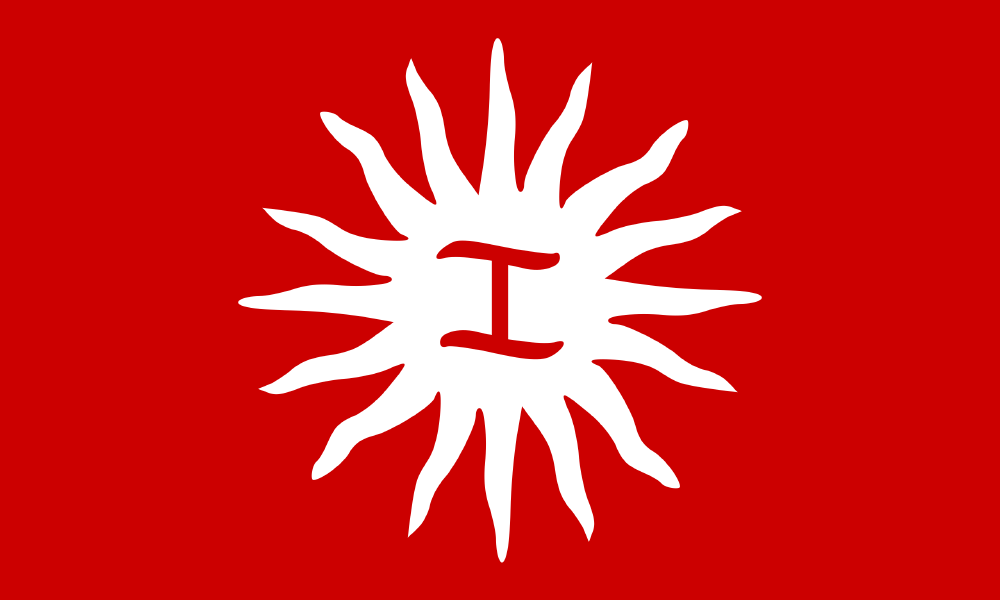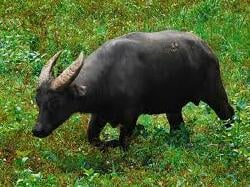Pag-ibig sa Tinubuang Lupa
(Love for the Native Land)
✍️ By Andrés Bonifacio
Aling pag-ibig pa ang hihigit kaya
What love could ever be greater
Sa pagkadalisay at pagkadakila
Than one that is pure and noble
Gaya ng pag-ibig sa Tinubuang lupa?
Like the love for our native land?
Aling pag-ibig pa? Wala na nga, wala.
What other love? Truly, there is none.
Walang mahalagang hindi inihandog
Nothing of value is ever withheld
Ng may pusong mahal sa Bayang nagpupugto,
By a heart that loves its suffering country,
Dugo, yaman, dunong, katiisa’t pagod,
Blood, wealth, wisdom, loyalty, and effort,
Buhay ma’y abuting magkalagut-lagot.
Even life itself, ready to be torn apart.
Bakit? Alin ito na sakdal laki,
Why? What is this that is so great,
Na hinahandugan ng buong pagkasi?
That it deserves one’s full devotion?
Di ba ito’y ang ina na nag-alay
Isn’t it the mother who once gave
Ng ginhawa’t buhay sa anak na mahal?
Comfort and life to her beloved child?
O! pag-ibig na makapangyarihan,
O! love that is all-powerful,
Pag ikaw ang nukal sa puso ninuman,
When you arise from someone’s heart,
Kahit ano’ng hirap ay kaya niyang batin,
Any hardship can be endured,
At gawin ang bagay na di kayang gawin.
And the impossible becomes possible




















